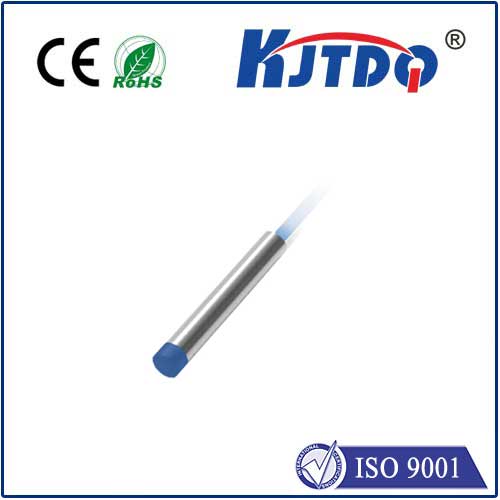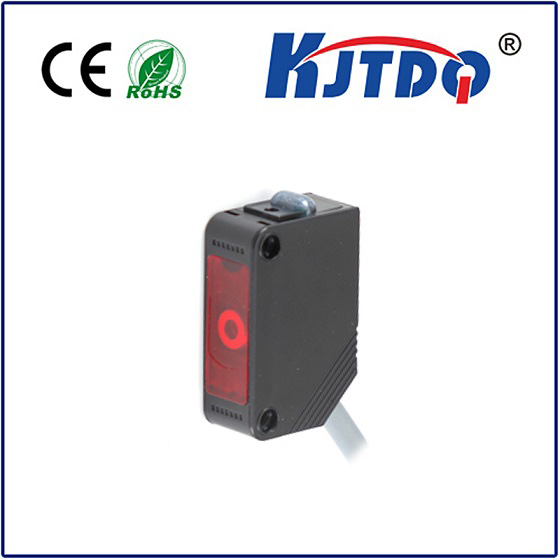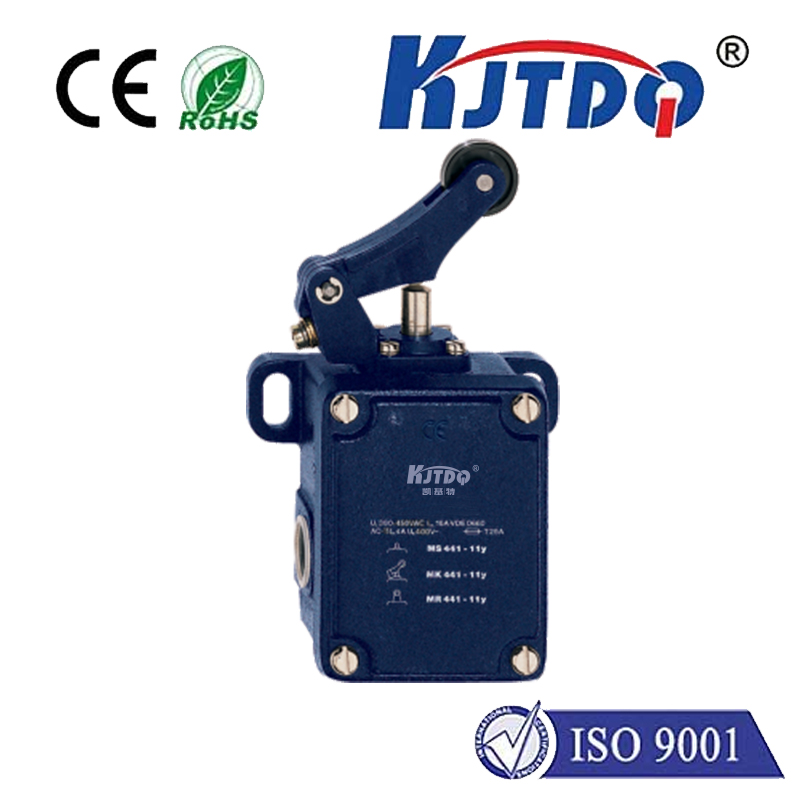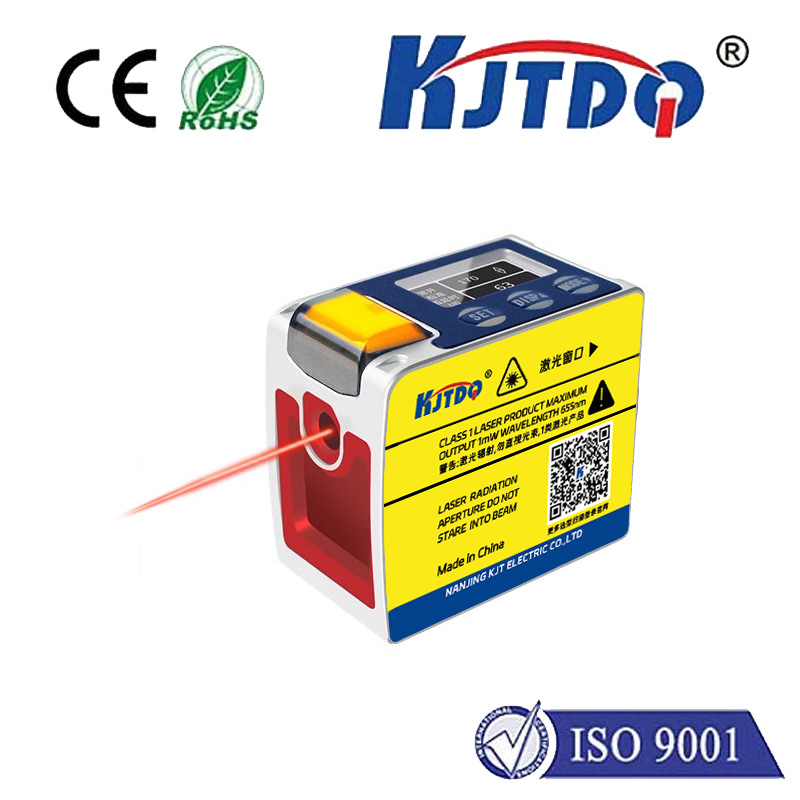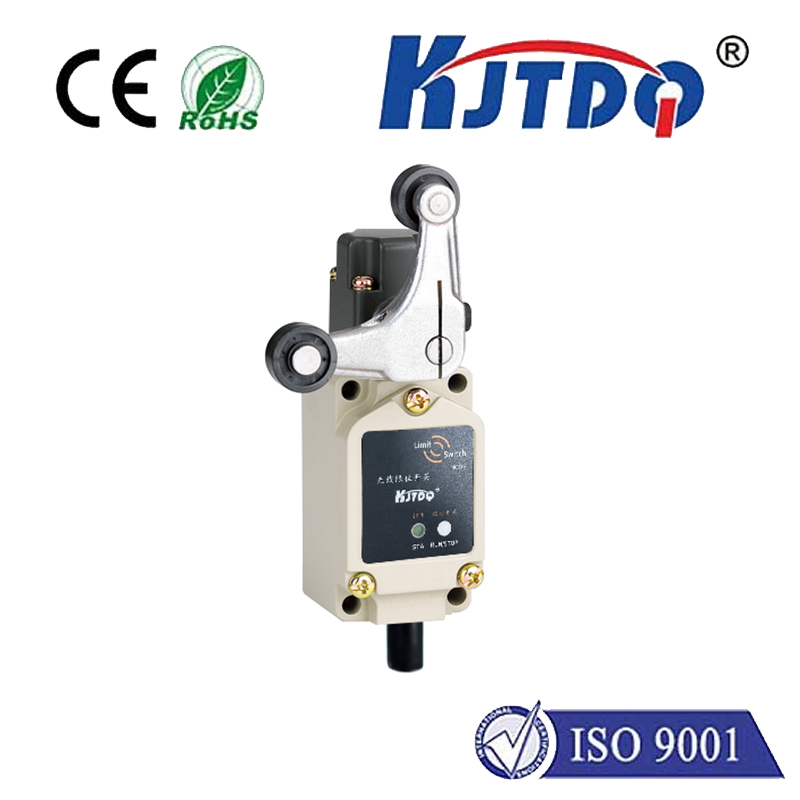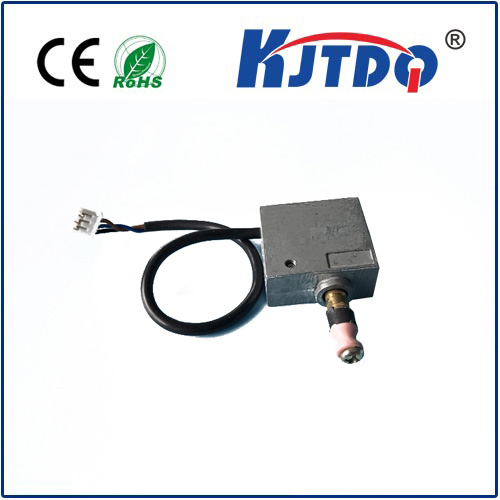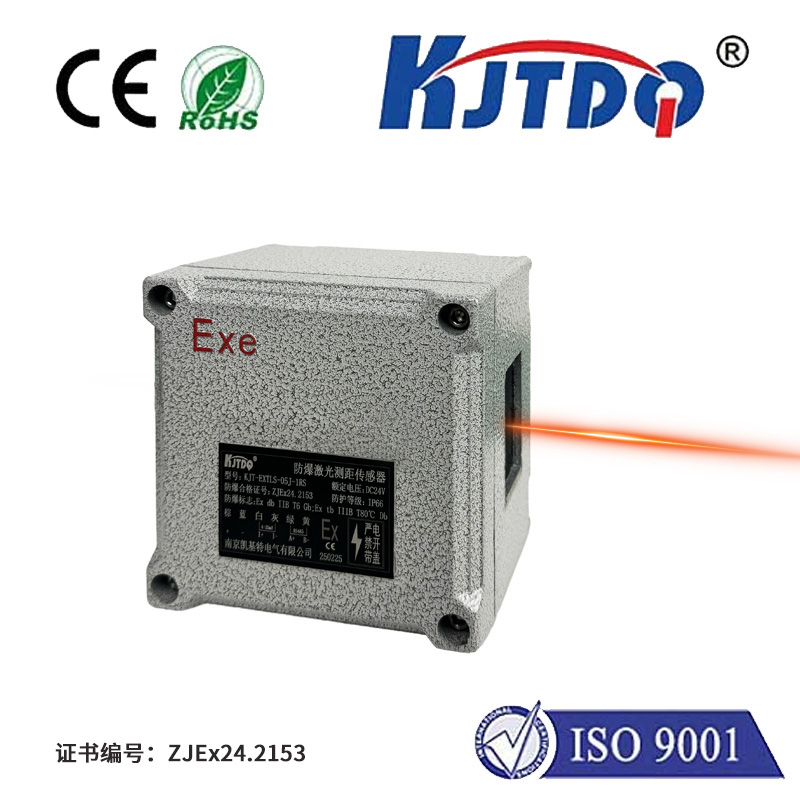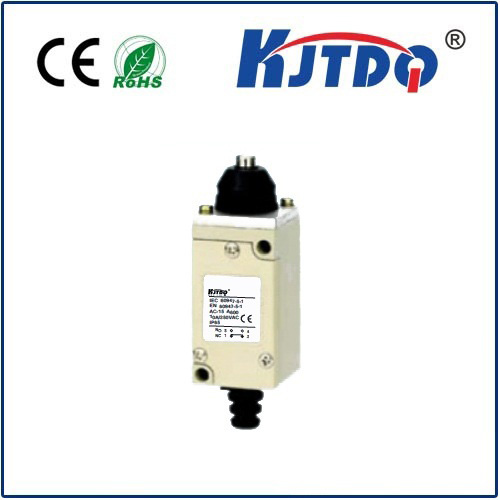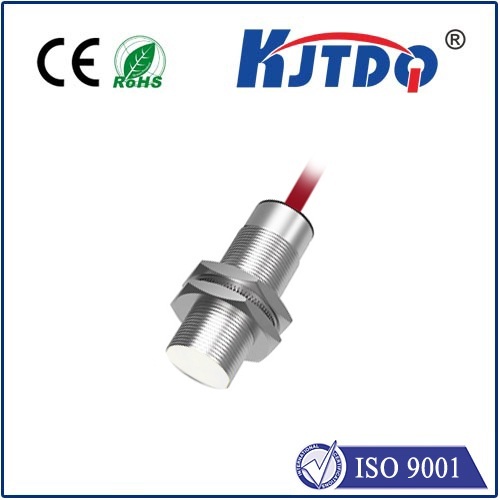
check

check

check

check
In today's rapidly advancing world, technology is constantly pushing the boundaries of what we thought was possible. One such innovation that has revolutionized various industries is the inductive proximity sensor switch. This tiny device has the potential to transform many processes by increasing efficiency, reducing costs, and improving safety in a range of applications.
The induction proximity sensor switch works on the principle of electromagnetic induction. It consists of a coil and a sensing element. When an object approaches the coil, it creates an electromagnetic field that interacts with the sensing element, causing it to switch on or off. This switch can be used in a variety of ways, from simple ON/OFF controls to complex automation systems.
In the medical industry, these switches are used for blood pressure monitoring, ensuring accurate measurements without needing continuous attention from healthcare professionals. In manufacturing, they can be used in robotic arms to improve precision and reduce errors in assembly processes. In automotive settings, they help to detect obstacles and prevent accidents. The possibilities are endless.
One of the key advantages of inductive proximity sensor switches is their simplicity. They require minimal maintenance and can be easily integrated into existing systems. Additionally, they offer high reliability and accuracy, making them ideal for critical applications where mistakes could have severe consequences.
Despite these benefits, there are still challenges to overcome. One is the need for reliable power sources, as traditional batteries may not be sufficient for long-term use. Another is the challenge of accurately detecting very small objects, which can be difficult due to the sensitivity requirements. However, ongoing research and development are helping to address these issues and make inductive proximity sensor switches even more versatile and useful.
In conclusion, the inductive proximity sensor switch is a game-changing technology with vast applications across various industries. Its ability to increase efficiency, reduce costs, and improve safety makes it an invaluable asset for any modern organization. As we continue to push the limits of what is possible, the future looks bright for this innovative device.
